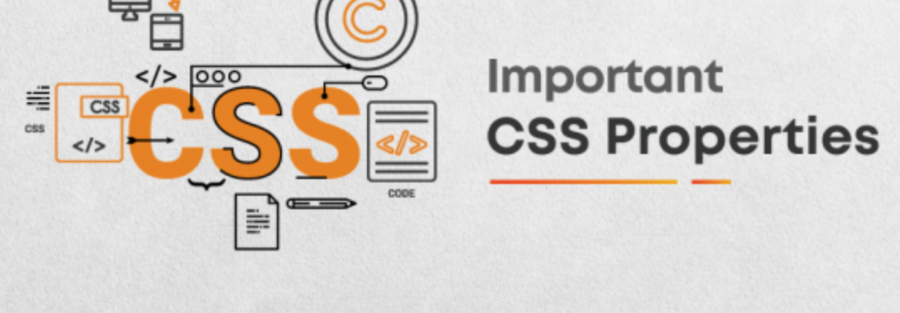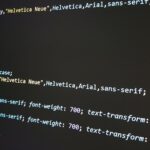CSS can be seemed to be difficult at a first glance when one is new to it. But with the help of properties, it is easy to learn CSS. It is the language that is used to style an HTML document. It describes how HTML elements should be displayed.
Cascading Style sheets is a style sheet language used for describing the presentation of a document written in a markup language such as HTML. CSS is a alongside HTML and JavaScript.
Best CSS Properties:
- Hover with Transition:
The hover property allows one to change the CSS property of the hovered element, but it’s good to use the hover property always with “transition”.
- nth-child:
One can select any specific element using this property corresponding to its parent and can apply CSS to that element.
- Position:
The CSS position property also has an important role in the UI. Some designs can only achieve using position property. Position absolute is fully dependent on any parent element that contains relative position, and the fixed property totally depends on the viewpoint.
- Z-index:
Many people make mistakes using z-index because they don’t have actual knowledge of z-index. The first thing, the z-index, is not working without positioning property. It defines the stack order of an element, which means which layer will be at the top, it can be decided by giving a z-index value of the element.
- Border Use:
The border has multiple uses. One can create Triangle, and Circle using borders.
- Transform:
Transform contains multiple properties like rotate, scale, and translate. One can make any element double size using the scale property.
- Object-fit:
Using object-fit property, one can keep the image in the proper way. The image will not be getting stretched. But in a responsive nature, some image parts can be cut off, so use it wisely.
- *+> selector:
The * selector allows one to apply CSS for all. One can make it specific, like using parents, one can apply for all its child elements.
- vw, vh:
This unit has been used many times in projects. One can use vw, vh the unit, and for making font-size responsive. It works according to the window’s viewpoint width of one have a screen resolution.
- Pointer-events:
This is a tricky property. Be careful before using it. Using this property means the element cannot be selected by anyone. Even if it is a link, then it becomes not clickable.
Conclusion:
Listed above are the 10 CSS properties that one must know. While JavaScript isn’t going anywhere, it also seems certain that CSS is not going to be replaced anytime soon. And the more powerful CSS becomes, the more valuable mastering it will be. And make no mistake, CSS is evolving.



